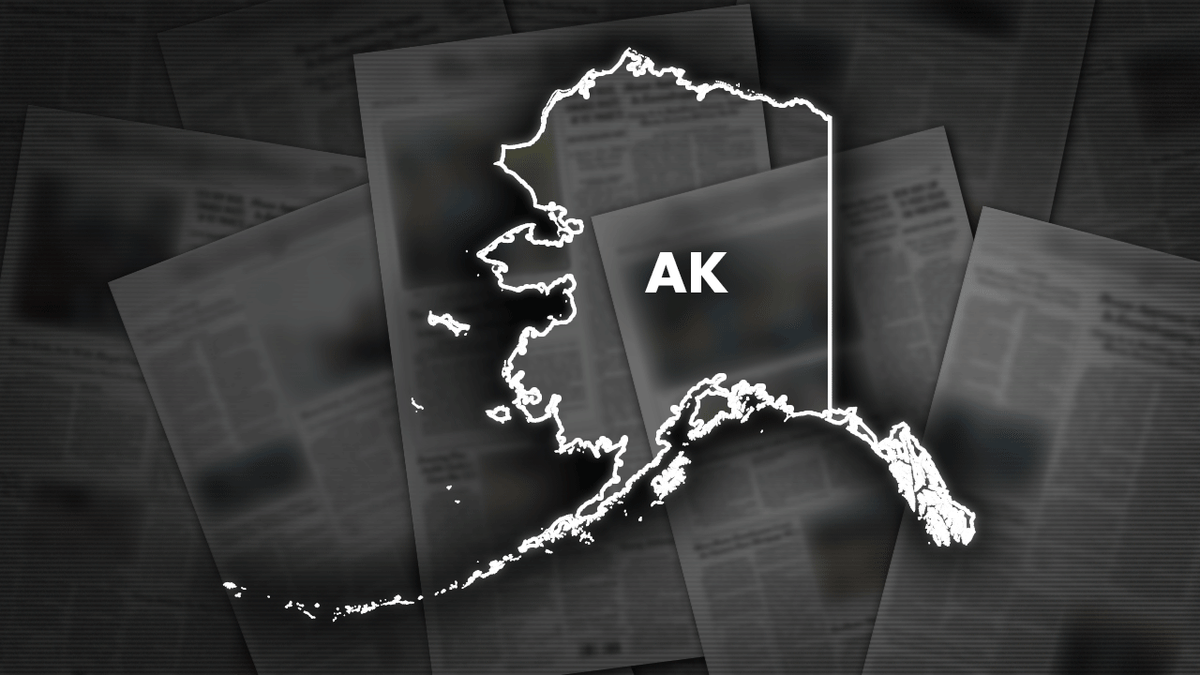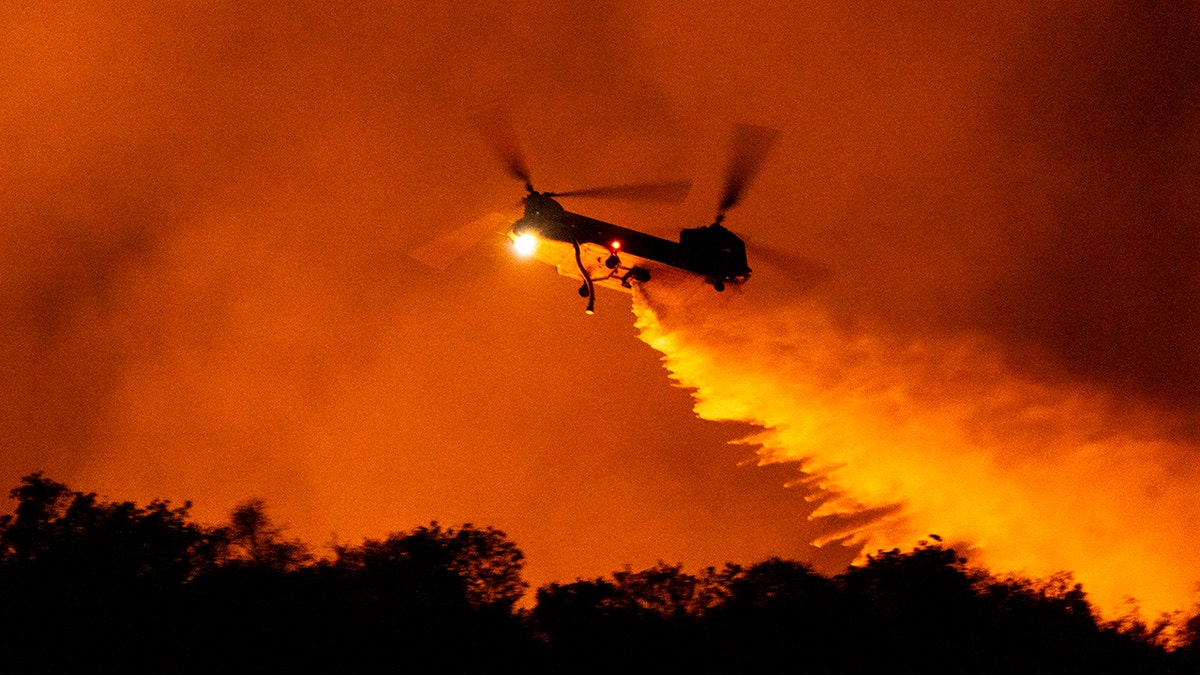A 7.2 magnitude earthquake that struck approximately 70 miles south of Sand Point, Alaska, late Saturday triggered a tsunami warning for parts of southern Alaska, leading to evacuations from low-lying areas. The warning, issued by the National Tsunami Warning Center, initially covered a region from roughly 40 miles southwest of Homer to about 80 miles northeast of Unalaska. It was subsequently downgraded to an advisory and eventually canceled.
However, the incident caused widespread confusion as individuals far from the at-risk zone, including residents of Anchorage, received tsunami alerts on their mobile devices. This broad reach of the alert system, while designed for rapid notification, raised concerns among local officials and emergency management experts about the potential erosion of public trust in future warnings. Homer Police Chief Mark Robl expressed worry about a "cry-wolf situation" developing, noting that dispatchers were inundated with calls following the alert and fearing that future responses might be diminished due to the overreach of the warning.
The National Tsunami Warning Center operates on a principle of caution and speed. James Gridley, the center's director, explained that when sensitive instruments detect a significant seismic event, an automated alert is immediately disseminated. This rapid response is crucial for protecting those in immediate danger, as there is often insufficient time to verify the formation of a tsunami wave before issuing the initial warning.

Following the initial alert, scientists at the center analyze data from buoys and other instruments to assess the actual threat. Warnings are then revised or canceled based on this data analysis. This process, Gridley noted, can take approximately an hour. The alerts also trigger local emergency responses, such as activating sirens in coastal communities.
The Kenai Peninsula Borough activated its tsunami warning sirens, and many residents also received mobile phone alerts through the Wireless Emergency Alert system. This system sends notifications to cell phones within a designated geographic area based on cell tower proximity, which explains why individuals in Anchorage, outside the actual danger zone, received the alert. While effective for rapid notification, the broad coverage area can lead to unnecessary alerts.
Efforts are underway to refine the system and improve its targeting. The Kenai Peninsula Borough is planning to implement a new tsunami siren system with community-specific warnings, allowing for more precise alerts in the future. Brenda Ahlberg, the borough's emergency manager, acknowledged the challenges of balancing the need for rapid, widespread warnings with the risk of false alarms, posing the question of whether the system's successful deployment and subsequent realization of its unnecessary nature is ultimately fortunate or unfortunate.








